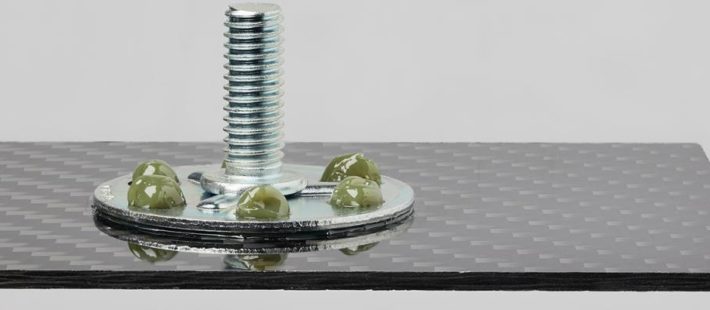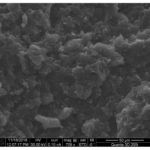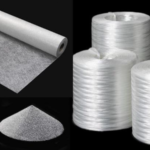Composites UK, supported by the National Composites Centre (NCC), has launched a Good Practice Guide on the topic of joining for fibre reinforced polymer composites (FRPs). With funding from the NCC, the guide was written by TWI’s Chris Worrall, Ewen Kellar and Charlotte Vacogne and edited by Stella Job of Composites UK.
There is a need for the composites designer or engineer to consider the various joining solutions available at an early stage and understand the advantages and disadvantages of each potential technique. Designers, manufacturers and clients need sufficient information to engage with joining experts in order to create the most effective joining strategy possible.
The 78-page document covers:
- Goals and challenges
- Joining possibilities
- Mechanical fastening
- Adhesive bonding
- Welding (Fusion bonding)
- Surface preparation and pre-treatment
- Non-destructive testing (NDT)
- Testing and standards
- Disassembly
- Next steps and future developments
Stella Job said: “Composites UK is keen to share good practice and help industry access advice, thus developing confidence so that markets for composites are increased. This guide provides foundational knowledge of joining techniques relevant to composites which should make it easier for companies to produce reliable structures from composite parts.”
Chris Worrall from TWI added: “TWI is delighted to have been asked to write the Composites UK Joining guide and to pass on some of the experience gained over many years helping our Industrial Members solve their joining problems. It is hoped that this guide will not only help companies design better joints today but also stimulate further research required to improve joining composites in the future”
The Joining of Fibre-Reinforced Polymer Composites Good Practice Guide is publicly available to download, here.
Website: www.compositesuk.co.uk
Photo courtesy of bigHead Bonding Fasteners.












